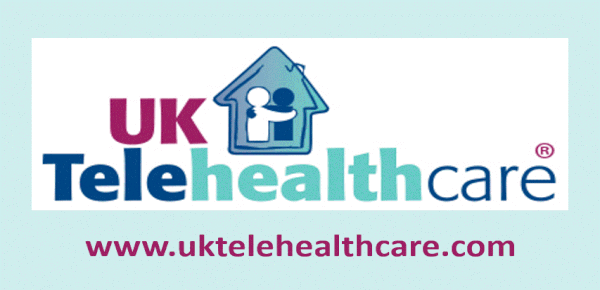 Red Ventures, Optum combine consumer savings, digital health coaching, education assets into RVO Health. Quietly announced via Moody’s Investor Services (PDF) and appearing on LinkedIn, this offloads media holding company Red Ventures’ RV Health, consisting of Healthline health news/education media (Healthline, Medical News Today, Psych Central, Greatist, and Bezzy), plus the Healthgrades doctor rating, FindCare doctor locator and PlateJoy meal planner services. Optum contributes their Perks prescription savings card, Store shopping service, and coaching platforms Real Appeal, Wellness Coaching, and QuitForLife. For Red Ventures, this moves 20% of their company earnings into the JV, leaving media such as Bankrate.com and CNET. For Optum, this expands their coaching and consumer savings capabilities into an established digital audience–Red Ventures claims 100 million monthly users of its health media and other services. For Red Ventures, it opens up new solutions available through Optum’s parent, UnitedHealth Group.
Red Ventures, Optum combine consumer savings, digital health coaching, education assets into RVO Health. Quietly announced via Moody’s Investor Services (PDF) and appearing on LinkedIn, this offloads media holding company Red Ventures’ RV Health, consisting of Healthline health news/education media (Healthline, Medical News Today, Psych Central, Greatist, and Bezzy), plus the Healthgrades doctor rating, FindCare doctor locator and PlateJoy meal planner services. Optum contributes their Perks prescription savings card, Store shopping service, and coaching platforms Real Appeal, Wellness Coaching, and QuitForLife. For Red Ventures, this moves 20% of their company earnings into the JV, leaving media such as Bankrate.com and CNET. For Optum, this expands their coaching and consumer savings capabilities into an established digital audience–Red Ventures claims 100 million monthly users of its health media and other services. For Red Ventures, it opens up new solutions available through Optum’s parent, UnitedHealth Group.
According to Moody’s analysts, this is part of Red Ventures’ de-leveraging: “Under the terms of the JV arrangement, in exchange for the contributed assets, RV received cash proceeds, which were used to pay down the term loan. UHG will consolidate the financials of RVO Health in its future financial statements.” Based on LinkedIn, it will be located in Charlotte, North Carolina. Unannounced is who will be managing RVO Health. FierceHealthcare, Becker’s
Ironically, Healthline Media’ main competitor, WebMD, bought the former data analytics part of Healthgrades, Mercury Healthcare, on 29 June (release).
Elizabeth Holmes gets a three-week extension on her freedom. Her sentencing, originally scheduled for 26 September at the US District Court, Northern District of California, in San Jose has been moved to 17 October. No reason was given by the court for the extension. Judge Edward Davila will be presiding over the sentencing on four of the original 11 Theranos wire fraud charges [TTA 4 Jan]. Each one of these charges carries a penalty of up to 20 years, but generally in financial fraud, sentences are carried out concurrently. Judge Davila, known as a tough sentencer according to the Mercury News (mercifully not paywalled) may be considering factors such as that Holmes was, after all the founder and CEO but that Theranos did not start as a scam, proceeding to fraud when the technology was oversold and financially started to go under; and that she is a mother of a child not yet out of diapers. (This Editor will add the smoke around Sunny Balwani’s emotional abuse.) She will also be in a Federal facility for women likely located not far from San Jose. It is expected that she will appeal the verdicts and the sentences.
There is also the Balwani Factor. Sunny Balwani was convicted on 12 wire fraud charges and as Theranos’ president, was depicted as the ‘enforcer’. That book, when thrown after Holmes’ sentencing, will not be a paperback. Although he will want to stock up on reading for his expected long stay in Club Fed. Also CBS News.












Most Recent Comments